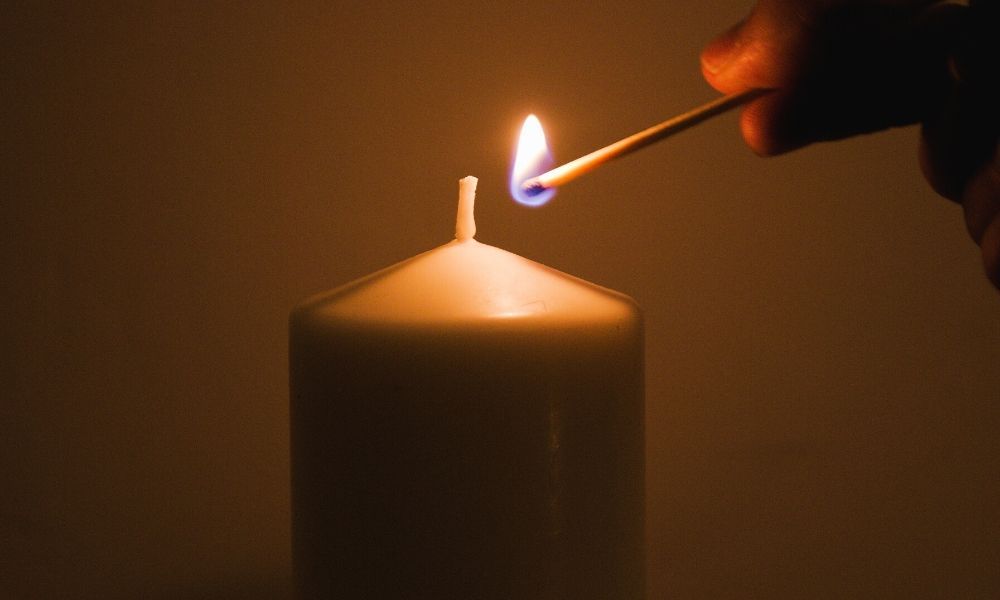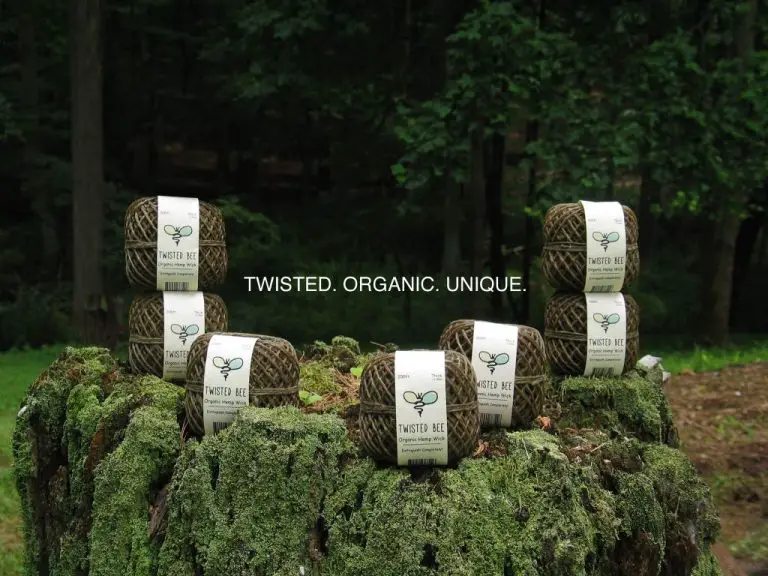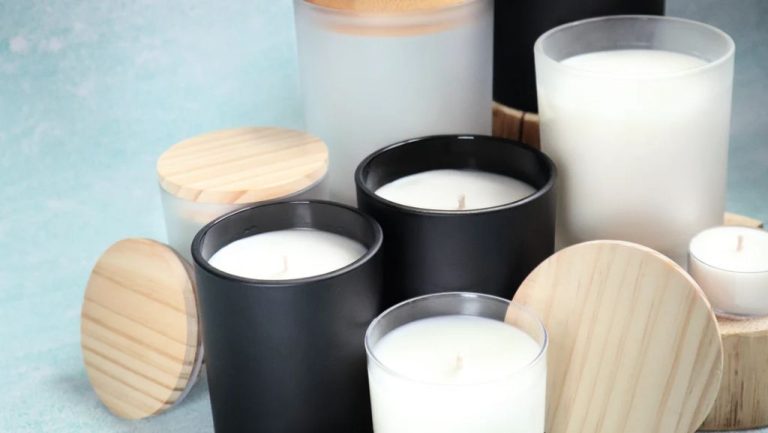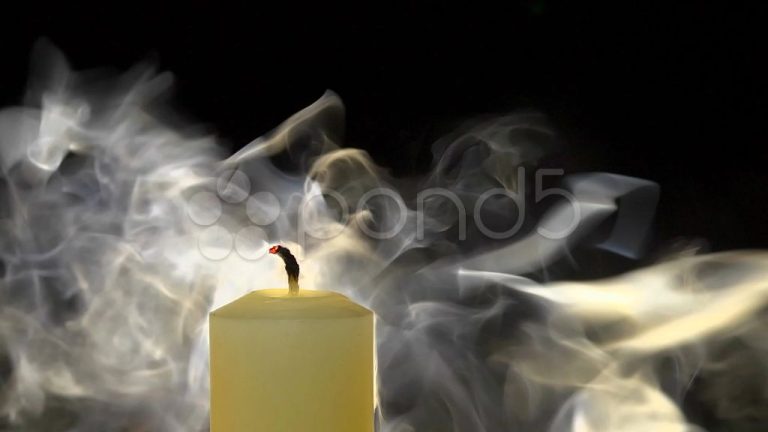What Candle Wick Burns The Longest?
Candle wicks play an important role in how a candle burns. The type of wick, along with wax type and other factors, significantly impact the burn time of a candle. When choosing a wick, it’s helpful to understand which wick materials, braiding styles, and diameters tend to burn longer in order to get the most out of your candle.
This article will provide an overview of the factors that influence candle burn times, with a focus on wick properties and testing methods to determine optimal wick lengths for maximum burn time.
Wick Materials
The most commonly used materials for candle wicks include cotton, wood, and paper. Cotton wicks are a very popular choice for candle making. They are made of twisted strands of cotton fiber and are known for providing a bright, even flame. Cotton wicks tend to bend as they burn, which helps prevent tunneling. Paper wicks are also common and made from tightly rolled paper. They provide a cooler flame that is less prone to smoking or sooting. Wooden wicks contain wood fibers that are compressed and centered with cotton strands. As they burn, wooden wicks crackle and produce a natural wood scent. They are popular for soy candles because they burn cooler to match the lower melting point of soy wax (https://candles.org/elements-of-a-candle/wicks/). Other natural and synthetic fiber blends may also be used in wick materials.

Wick Braiding
The braiding of the wick plays an important role in determining burn time. Braided wicks, which are made by twisting multiple wick fibers together, tend to burn longer than single ply wicks made of just one fiber.
This is because braided wicks are better at retaining melted wax and providing a consistent supply of fuel to the flame. As the wax melts, it soaks into the spaces between the braided fibers and then moves up the wick through capillary action. The more fibers that are braided together, the more space for wax storage and the slower and more even the wax can travel up to the burning tip.
Single ply wicks don’t have extra fibers, so the melted wax can either pool at the base or travel up too quickly, leading to incomplete burning, mushrooming tops, and shorter burn times. Well-braided wicks with an optimal number of plies avoid these issues, resulting in candles that burn down fully from top to bottom without drowning the wick.
According to tests by PremiumCraft (Source), their 4-ply square braided cotton wicks burn around 50% longer than comparable single ply wicks before needing to be trimmed. The extra braiding makes a significant difference when aiming for the longest burn possible.
Wick Diameter
The diameter of the wick is one of the most important factors in determining burn time. Thicker wicks tend to burn longer because they allow more wax to melt at a time. As the candle burns, the melted wax travels up the wick through capillary action and is vaporized at the tip to produce the flame. A thicker wick has a larger surface area, so more melted wax can travel up at once. This provides a larger fuel source to feed the flame.
For example, a large pillar candle may use a wick with a diameter of 0.11 inches, while a votive candle would only require a 0.03 inch wick. The larger wick is necessary for the pillar candle to burn slower and evenly all the way through the candle. Too small of a wick can lead to tunneling, where a hole burns down the center of the candle faster than the wax on the edges.[1]
When determining the proper wick diameter, factors like the diameter of the candle container and the type of wax also need to be considered. Following manufacturer guidelines on wick sizing can help ensure optimal burn time. In general though, a thicker wick that is matched appropriately to the candle diameter will allow for a longer burn.
Wax Type
The type of wax used in a candle impacts its burn time significantly. Beeswax candles are widely known for having the longest burn times. According to Suffolk Candles, beeswax burns for 144-149°F (62-65°C), much higher than paraffin at 99°F (54 °C) or soy wax at 113-127°F (45-53°C). Beeswax candles can burn for up to 60-100 hours, while paraffin and soy wax candles may only last 10-15 hours.
The reason beeswax candles have such long burn times is because beeswax has a high melting point and burns slowly. Paraffin wax is derived from petroleum and tends to burn quickly, producing more soot. Soy wax comes from soybean oil and burns cleaner than paraffin, but not nearly as slow and long as natural beeswax. For the longest burning candle, beeswax is the clear winner over other wax types.
Wick Trimming
Proper wick trimming is essential for maximizing a candle’s burn time. When a candle wick becomes too long, it can create excess smoke and an uneven flame. Trimming the wick helps sustain an even burn and avoids having to extinguish and relight the candle multiple times. Most experts recommend trimming the wick to 1⁄4 inch before lighting, and then again every few hours as the candle burns down.1
Trimming also removes any spent wick that may have curled over or become encrusted with wax, which helps the wick continue burning properly. Using sharp wick trimmers every 4 hours of burn time can maximize burn time. Allowing the wick to become too long and uneven leads to more wasted wax and a shorter overall burn. Proper trimming also helps the candle burn cleaner and avoid excessive smoking.
It’s best to let a freshly extinguished candle wick cool for 1-2 minutes before trimming. Use a dedicated wick trimmer tool for best results, or small sharp scissors in a pinch. Cut the wick perpendicular to its length for maximum surface area exposure. Then lighting the freshly trimmed wick can continue the candle’s burn time.
Proper Wick Length
The ideal wick length extending past the wax is important for maximizing burn time. According to Martha Stewart [1], the general rule is to trim the wick to 1/4 inch before lighting. However, the proper wick length depends on the individual candle. Candles.org recommends trimming the wick to 1/4 inch before each use and checking for any debris in the wax pool [2].
The 1/4 inch wick length allows the flame to burn properly without getting too large or causing issues like tunneling. This ideal length helps the wax melt evenly while providing enough fuel for the flame via the wick. Extending too far past the wax risks a larger flame and faster wax consumption. Trimming to 1/4 inch maximizes burn time by keeping the flame a proper size to slowly and fully liquefy wax as the candle burns.
Draft Shields
Using a draft shield or wind guard can help prevent a candle’s flame from blowing out too quickly. Drafts and breezes can accelerate the burn rate of a candle flame, causing the wax to melt faster than normal (Secandleco). Positioning a glass or metal draft shield around the candle will block these air currents, allowing the candle to burn steadily for a longer period of time.
According to A Thistle Moon, the best candle draft guards are made of glass or metal. Clear glass guards allow you to still see the candle while it burns, while metal guards often have openings to let some light through. Draft shields commonly come in cylinder shapes that surround a candle. Look for a draft guard that’s approximately 2-3 inches taller than your candle height to fully block air currents.
When using a draft shield, it’s important to leave a gap between the guard and the candle. The draft guard should not touch or rest directly on the candle or its holder. This allows proper airflow so the candle can burn safely. Position the draft guard 1-2 inches from the candle.
With a draft shield blocking excess air currents around a candle, the flame will burn lower and more slowly. This helps preserve wax and extend burn times. Experiment with using a draft guard to see if it helps candles last longer in breezy rooms.
Proper Burn Pool
The proper burn pool for a candle is when the wax melts evenly across the entire top surface of the candle. The ideal melt pool is about 1/4 to 1/2 inch deep after one hour of burning for each inch of the candle’s diameter. For example, a 4-inch diameter candle should achieve a 1 to 2 inch deep melt pool after burning for 4 hours.
The melt pool shape and size indicates if the candle is burning optimally. A candle with the right wick will produce a melt pool that is round and reaches all the way to the outer edges of the candle after a couple hours of burn time. If the melt pool is too small or too shallow, or seems to get wider rather than deeper over time, then the wick may be too small for that candle diameter and wax type.
An uneven melt pool shape, such as being deeper on one side, is also a sign of an improper wick. The heat from the flame needs to distribute evenly across the wax to maintain an ideal melt pool. Adjusting the wick size and keeping the candle away from drafts will help achieve the proper pool for optimal burn.
Conclusion
In summary, there are several key factors that determine the longest burning candle wick:
The wick material is important – cotton wicks typically last longer than paper or wood wicks. Beeswax and soy wax candles tend to burn longer than paraffin wax. Thicker wicks last longer than thinner wicks. Proper wick length, avoiding trimming the wick too short, allows for complete liquefaction of wax. Wicks should be centered in the candle with a proper burn pool. Draft shields help prevent drafts from impacting burn time. Overall, beeswax pillars with cotton wicks are generally the longest burning candle option.






